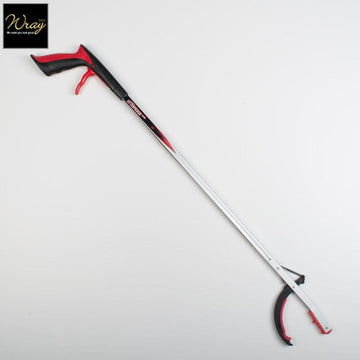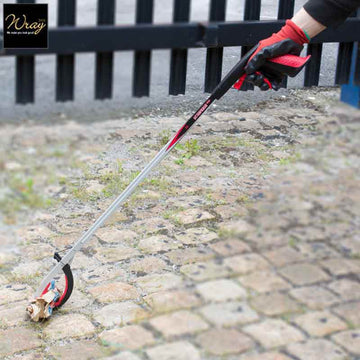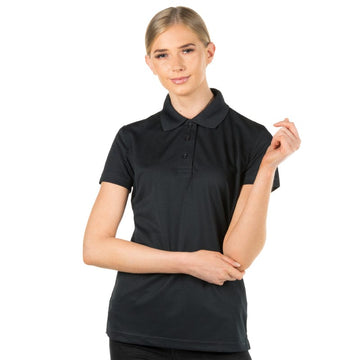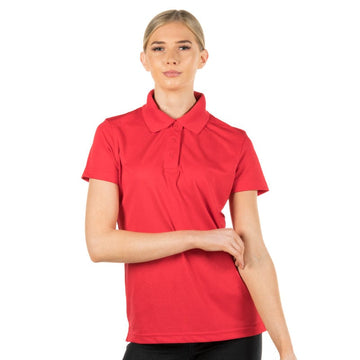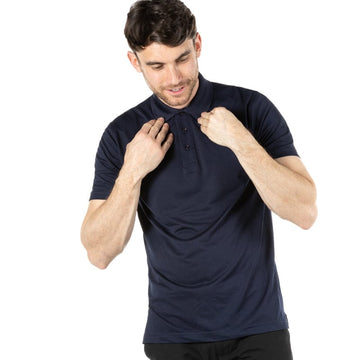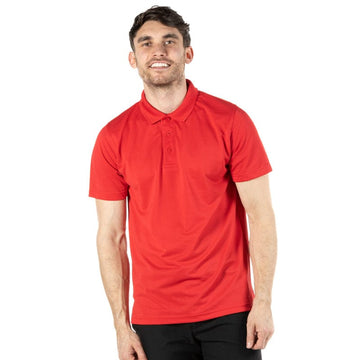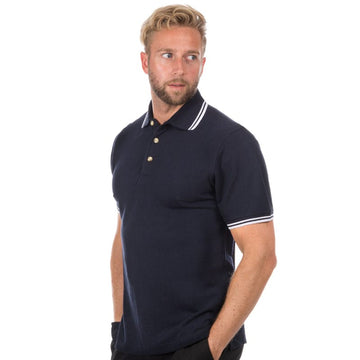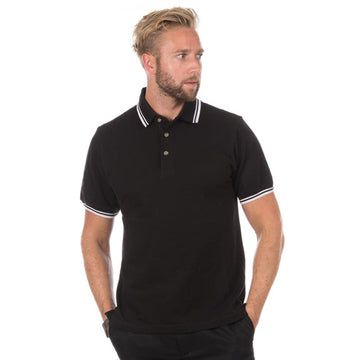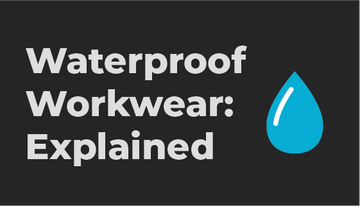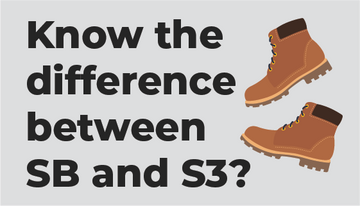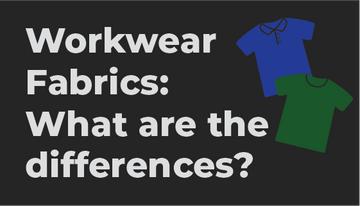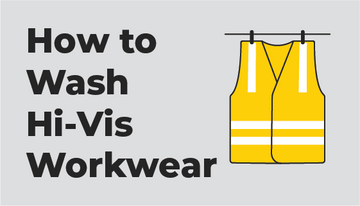Workwear Fabrics: What are the differences?
Workwear fabrics are an integral part of their build.
When a product description talks about the type of material the garment is made out of, it can often fail to mention why that fabric is appropriate for the job in hand. You may be wondering, what are Oxford, Pique, Poplin and other workwear fabric materials? And what are their differences?
Wray Bros have put together a quick information sheet details the most popular nine terms uses in the fashion industry to describe workwear.
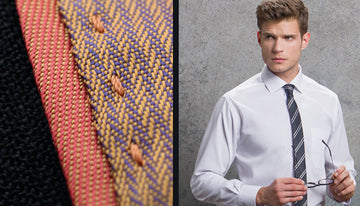
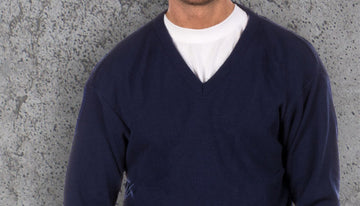
Acrylic
Excellent moisture wicking properties, relatively lightweight and resists moths, oil, chemicals. Ideal for those on the move as it holds its shape and doesn't crease easily.
Most often found in knitwear due to its resemblance to wool, but it's cheaper to buy.
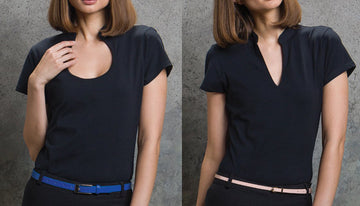
Lycra and Elastane
Has the ability to stretch 5-8 times its usual size, but return to its original shape. With its moisture wicking and bacteria resistant properties, it's become a popular material in a lot of workwear.
Often seen as a more comfortable fit, allowing for greater movement, which isn't possible with other stretch fabrics.
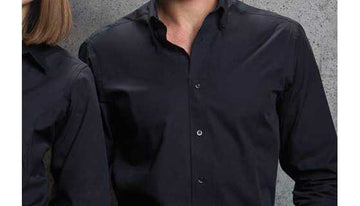
Poplin
With a simple and tight over/under weave, this yarn is typically quite fine and therefore produces a very smooth texture which has a professional appearance. Popular as it is thin and cool that hangs well, yet still offers durability.
Lightweight, but strong - primarily made from 100% cotton. Can be found in other variations such as wool, silk or satin.

Nylon
Made from plastic, it's a very versatile and extremely durable fabric that doesn't crease and stretches well, for easier movement. Offers lightweight properties and ideal for the rigours of daily activities.
A popular choice for activewear as nylon has good resistance to sunlight. Also has the ability to be dyed more easily, so it can achieve brighter colors than other synthetic counterparts.
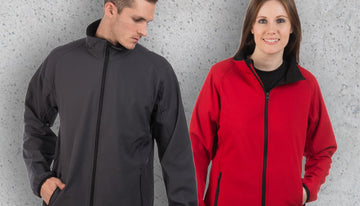
Polyester
This non-shrinking material is ideal for personalisation either with embroidery or print, which is why you'll see it used in a lot of workwear.
It's also supremely popular due to its low cost, great durability - the ability to be washed frequently, and as it's a relatively stable fabric, it can be wrinkle resistant (when not blended with cotton or linen).
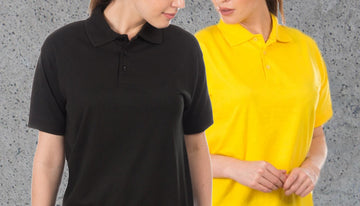
Jersey
Originally made from wool, but now more often made from cotton, cotton blends, and synthetic fibres. Smooth with a slight single rib knit, while the backside of jersey is piled with loops - with a good natural stretch and the archetype for anything from a finer texture for t-shirts to thick and heavy for jumpers or dresses.
As it's constructed from a knitted technique, it offers opaqueness, a soft feel and nice structure. It also benefits from being breathable, particularly when made with cotton or a cotton blend.

Fleece
A warm and insulating material produced by brushing polyester or poly-blended materials to create a deep and fluffy fabric - a vegan alternative to wool clothing.
Two-sided fleece is used on outdoor wear, whilst one-sided is common on the inside of hoodies and sweats.
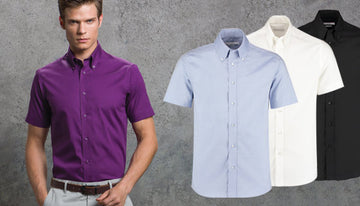
Oxford
A heavier and slightly rougher or more textured weave (basket weave) compared to its Poplin counterpart, which means it can be more durable too. Most commonly found as work shirts - both casual and formal.
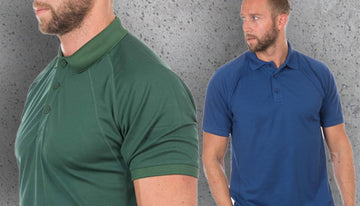
Pique
Polo shirts are a staple of this double knit construction made by circular machines that are characterised by a honeycomb texture. As a result, these shirts are very durable and naturally wicking.
You can also read our Sustainable Fabrics article to discover the differences between the more environmentally conscious materials available.



